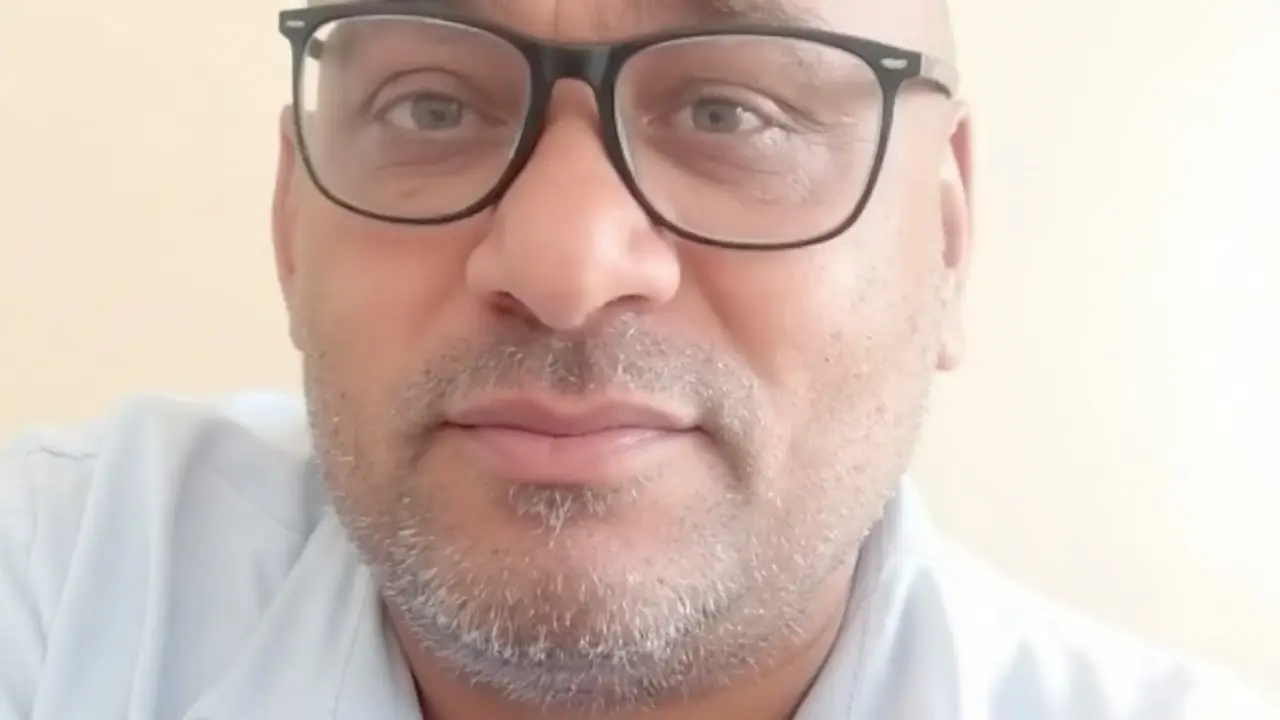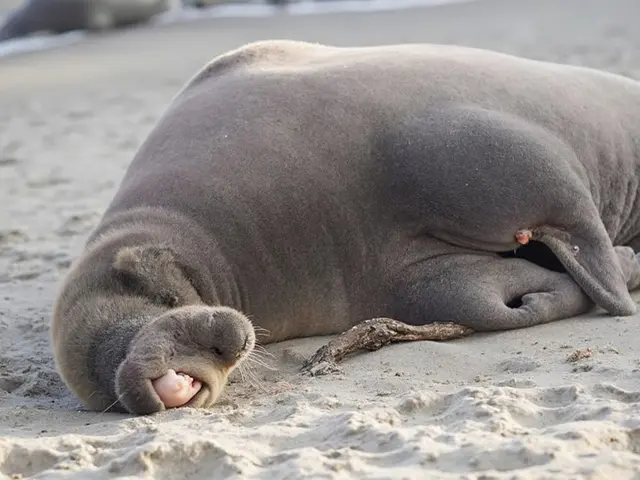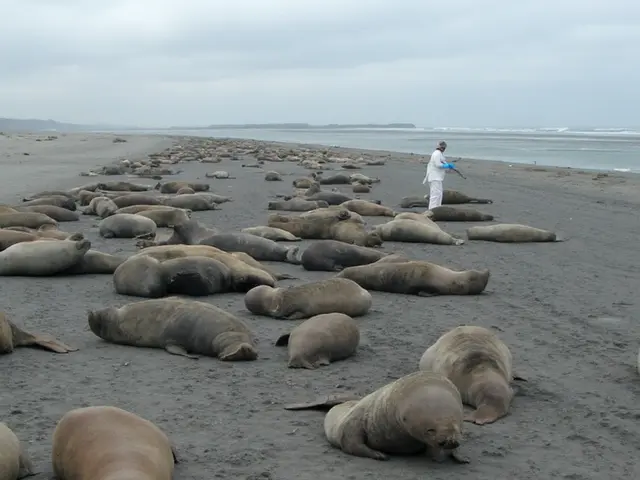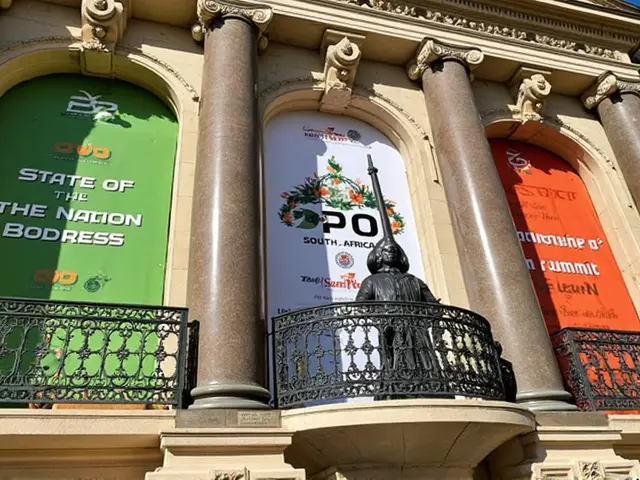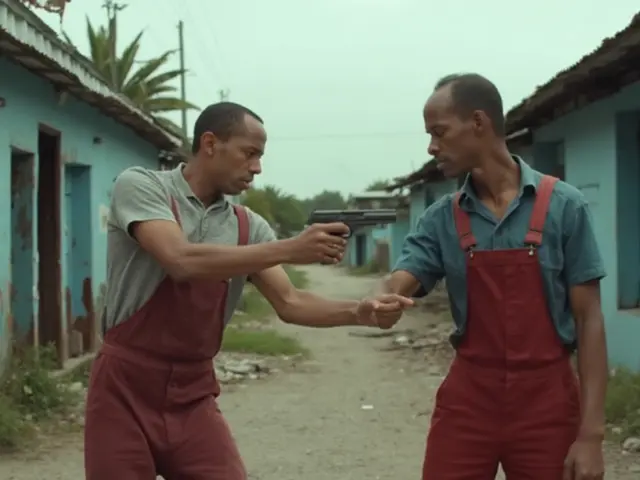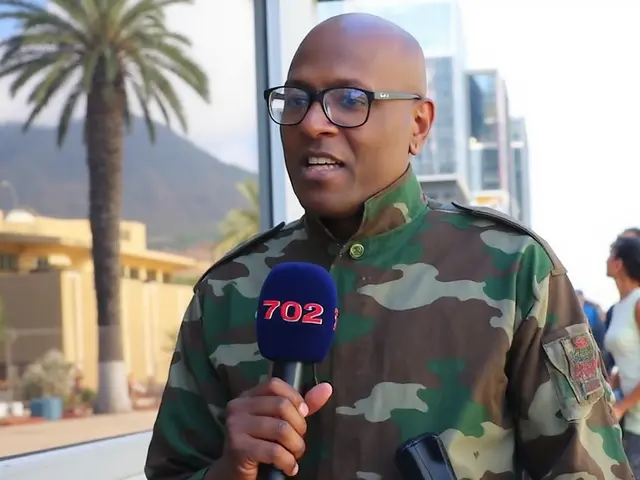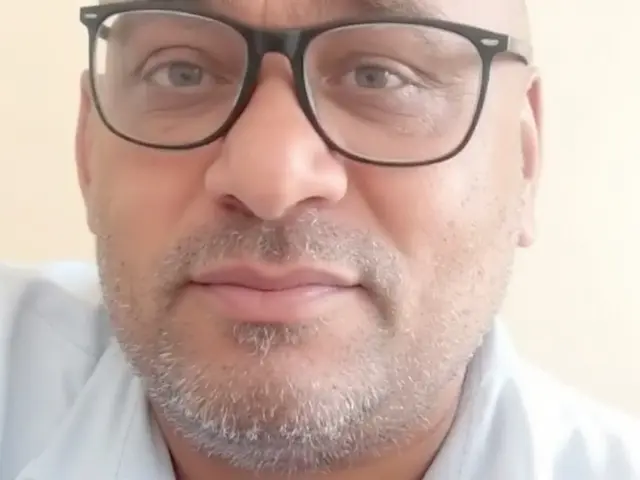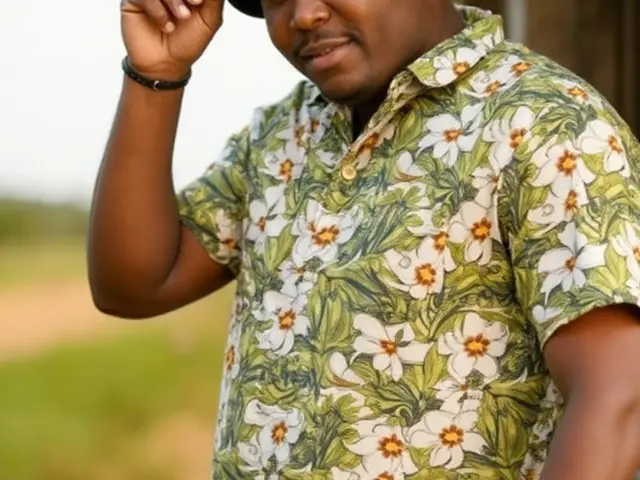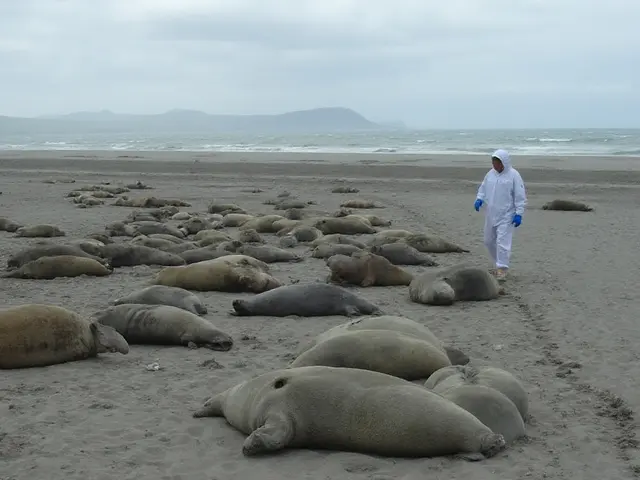Racism Scandal Rocks Stellenbosch: More Than Just an Apology
When a video gets shared thousands of times in hours, you know something big has happened. That was the case in May 2022, when a disturbing clip of Theuns du Toit, a first-year at Stellenbosch University, stormed the internet. The footage showed a drunk du Toit bursting into Babalo Ndwayana’s dorm room at Huis Marais and then urinating all over the young man's books and laptop. What made it even worse? Theuns muttered comments like “it’s a white boy thing” and called Babalo “boy” on his way out—leaving the sense of disrespect going way beyond spilled urine and soggy textbooks.
Reactions came thick and fast. Protests erupted on campus. Students grabbed signs and marched, demanding not only punishment for du Toit but also deep changes at a university still haunted by its apartheid-era past. And while the outrage sounded loud, inside Babalo Ndwayana’s family home, things felt quiet and broken. Babalo’s father, who kept his name out of the news, opened up about feeling let down—not just by du Toit, but by the system meant to protect his son. His message was blunt: a phone call days after the fact just doesn’t cut it.
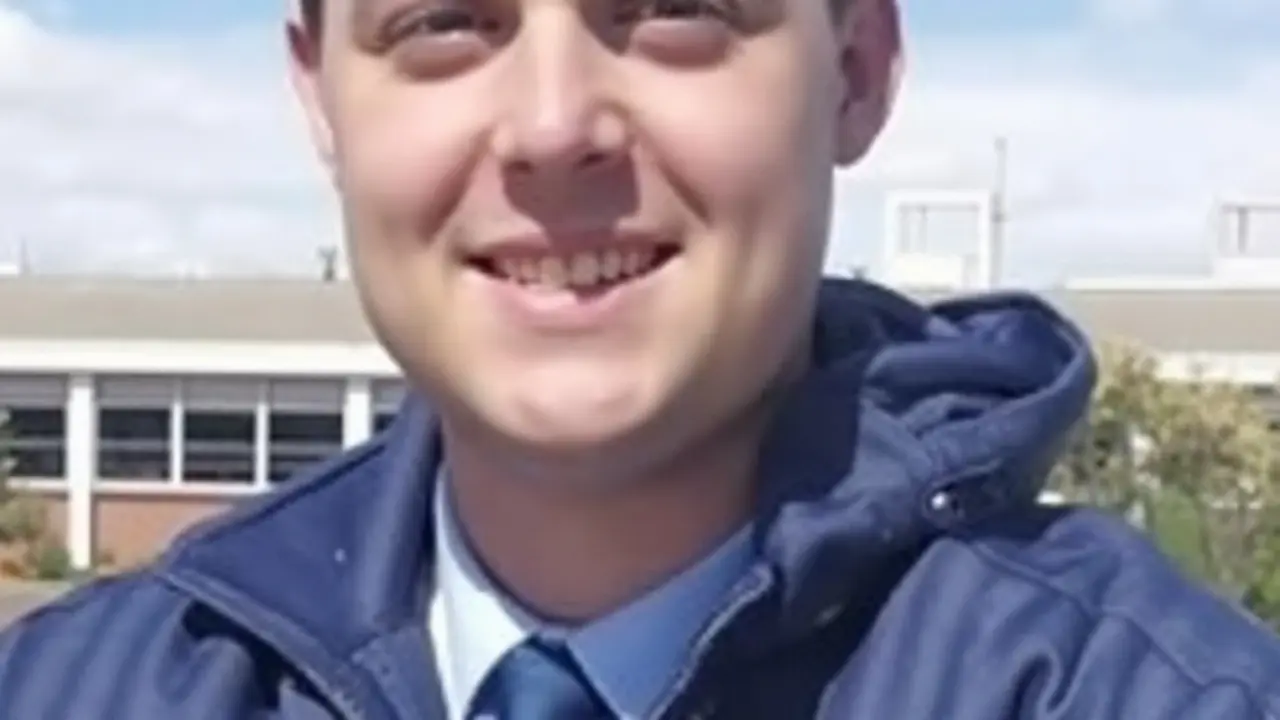
Delayed Apology and University’s Response Under Microscope
Babalo’s dad was clear about what bothered him. “A real apology comes from facing the person you’ve hurt, not a quick call after you’ve sobered up,” he said. For him, the biggest pain wasn’t the cost of replacing a laptop, it was seeing his son struggle to sleep, fight off anxiety, and feel totally out of place in a lecture hall. The humiliation had stuck around, long after the video had faded off trending lists.
Stellenbosch University, caught in the glare of public outrage, kicked off a formal disciplinary process. Their officials promised the situation wasn’t being brushed aside, and the university’s Central Disciplinary Committee, led by Professor Sonia Human, started investigating. Du Toit’s parents did their own damage control too, arranging counseling for their son and talking to school officials about making things right. For the Ndwayana family, though, it all felt like a Band-Aid on a bullet wound—too slow and lacking real remorse.
The student community was having none of it. Protestors wanted more than just a punishment for one person. They called for a real look at why, decades after apartheid, incidents like this keep happening on white-majority campuses. At these protests, students shared their worries about safety, trust, and whether universities are truly backing up their promises of transformation.
- Disciplinary charges against du Toit ranged from unauthorized entry to racially motivated harassment and property damage.
- Student groups rallied for systemic changes—not just a one-off punishment.
- Babalo required counseling to deal with ongoing anxiety and sleep problems.
One of the fiercest demands was for Stellenbosch to show real commitment: changing policies, supporting students from all backgrounds, and stamping out racism for good. The university’s legacy means they can’t sweep these incidents under the rug without coming off as complicit, even if unintentionally.
This incident reinvigorated a national conversation about the state of race relations on South African campuses. For families like the Ndwayanas, the core issue is personal: they want their kids to feel safe, seen, and respected at a place meant for expanding minds—not retriggering old wounds. When a racism scandal like this one breaks out, words alone just aren’t enough anymore.
